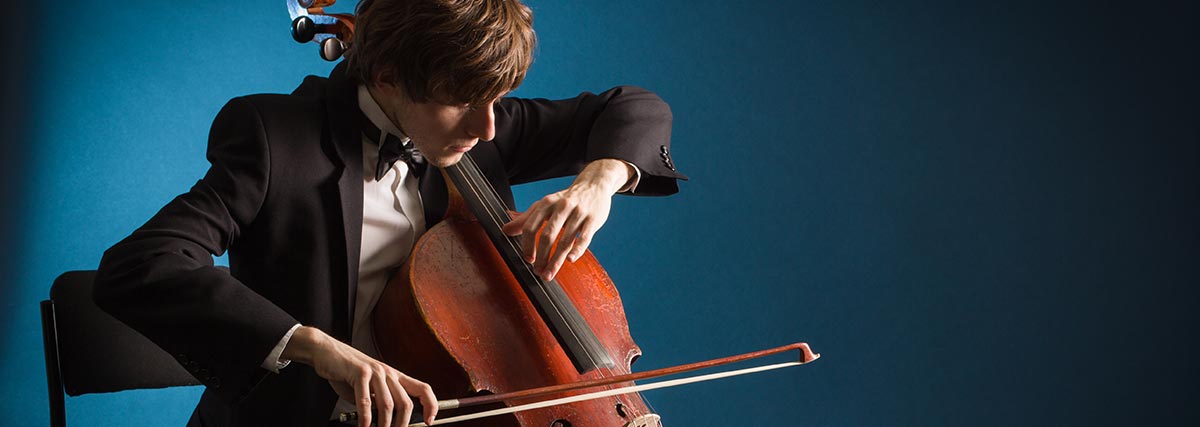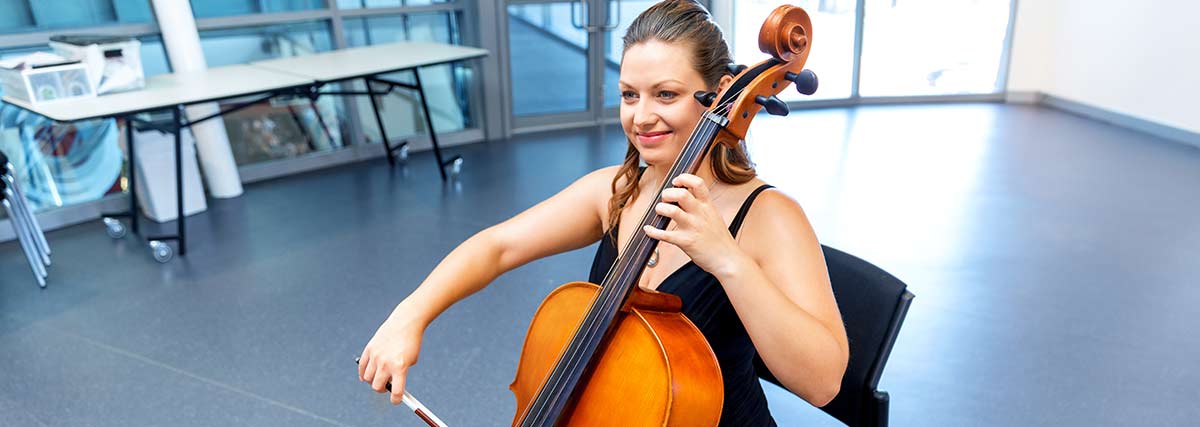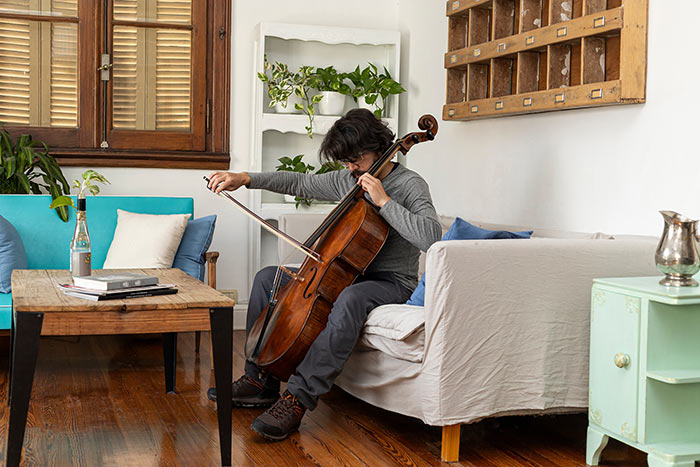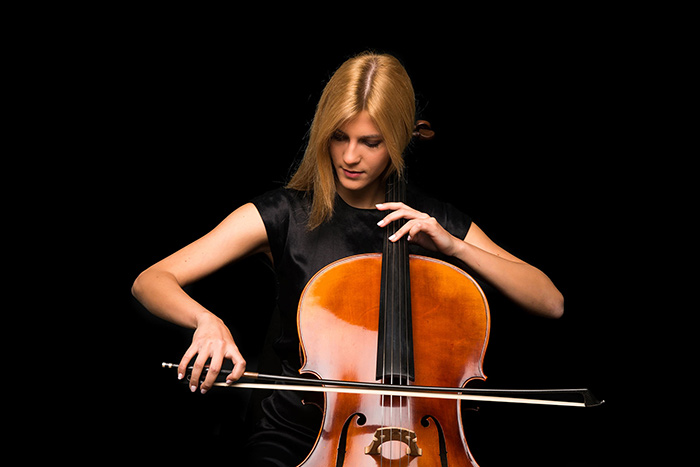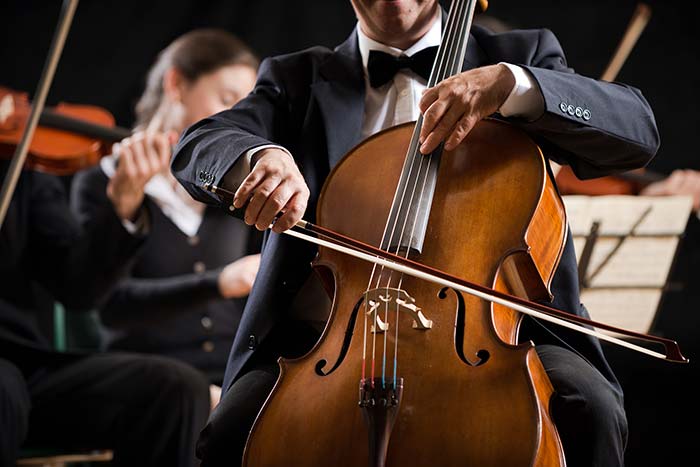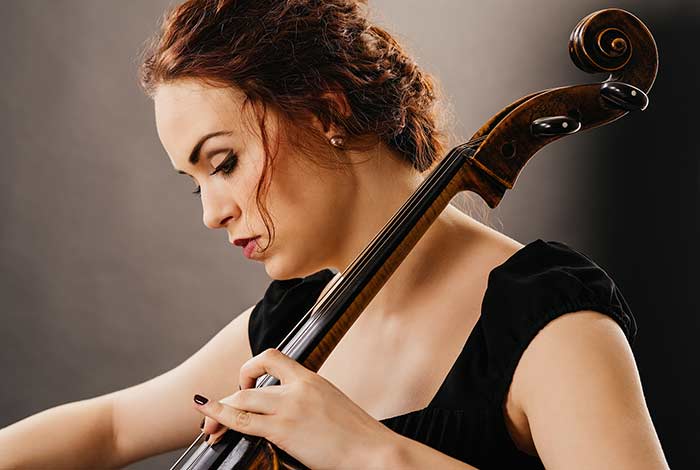If you are completely new to music, you might be wondering what ear training is. When we learn a musical instrument, we also have to train our ears to listen to what we are playing in far greater detail. The most common reason people start cello lessons is because of the sound of the cello and how that affects us as humans. Therefore listening to the sound you are making and being able to tell if a note is in tune or not is very important.
Ear training will teach you how to listen and what to listen out for, and over time this is a skill that will get stronger if you are consciously listening to everything you play.
How Do You Train Your Ear?
Ear training teaches you to recognise notes (and whether they are in tune), intervals, melodies, chords and rhythms. Usually, your teacher will play a phrase or short piece on the piano and ask you to name the notes, sing back the melody, sing different notes within a chord or clap back a rhythm. As you get more advanced these exercises will get increasingly more complex. Ear training has to be practised regularly at first like your instrument, and over time you will feel more confident in your ability to pick up on all the musical detail you desire to hear.
How Will Ear Training Impact My Cello Playing?
At the London Cello Institute, we have some students who have been playing a while, or since a young age; therefore, they are quite advanced in their ability to hear if something isn’t quite in tune, so they wouldn’t need to spend so long in developing their ear. We also have many students with no prior musical training of any kind, this is completely normal, and we offer these students ear training to help the learning process. Some people naturally find it very easy to stay in tune; however, some students do struggle, and it’s worth investing time into training your ear.
If you’re doing ear training in conjunction with learning the cello, you will find your progress is a lot faster as you will be quicker noticing when your intonation is off, and you will be more fastidious about the sound you are making as your ear will be trained to listen carefully to everything. One of the reasons that the cello is one of the most challenging instruments to learn (especially at first) is that there are no indicators of where to put your left-hand fingers, and the gaps between the notes are far wider than a violin. Because of this, ear training becomes even more important; if you can pitch the right note in your head, this will massively help when physically finding the note on the cello.
Is Ear Training Offered As Part Of The Lessons At The Lci?
Ear training can be incorporated into your weekly cello lesson; we often do 5-10 minutes of ear training at the end of lessons which works well; however, if you wish to take ear training more seriously, you can arrange to take specific ear training classes. Not everyone needs to do ear training at first, so it’s worth discussing it with your teacher if you’re interested.
How Can I Practise Ear Training At Home?
If you already play the piano, this will really help your ear training as you can recreate the exercises we will do in class. If you can’t play the piano, don’t worry, there are fantastic apps available that can help, such as ‘Earpeggio’, which aims to take you through the same elements as we do in class. If you do this regularly enough, then you will hear a significant improvement in your playing, which in turn will encourage your love for the instrument as the battle of being able to hear exactly what you are doing is far less prominent.
If you are new to playing an instrument and the concept of ear training sounds a little daunting, don’t worry; your teacher will guide you through it step by step. If you are interested in finding out more about ear training or want to have lessons, talk to your teacher at the London Cello Institute, and we will get you started.


